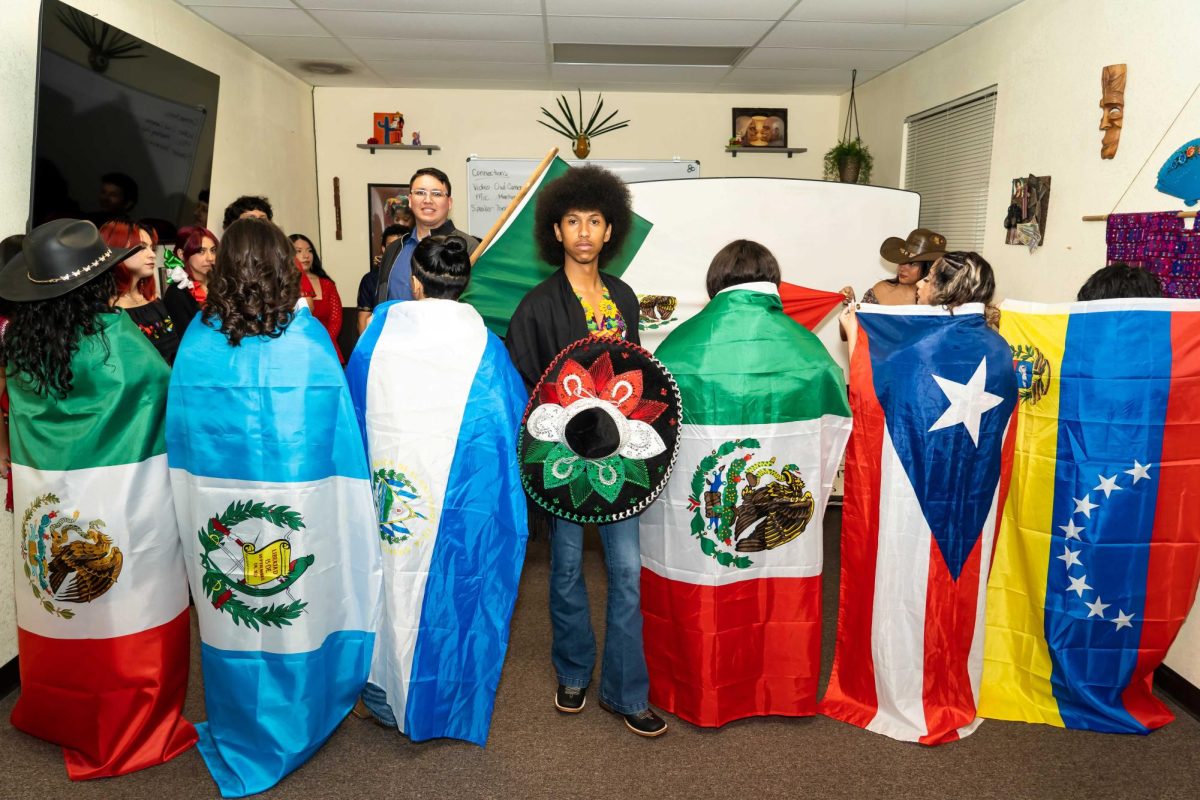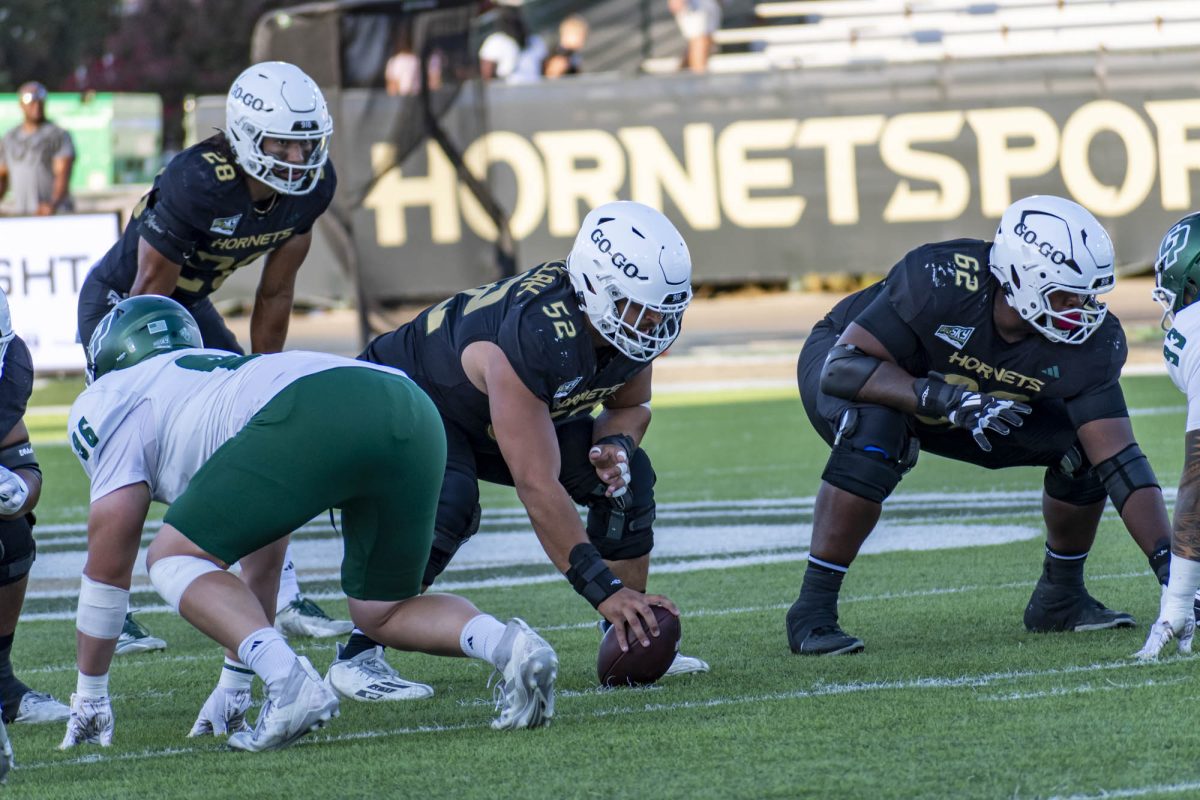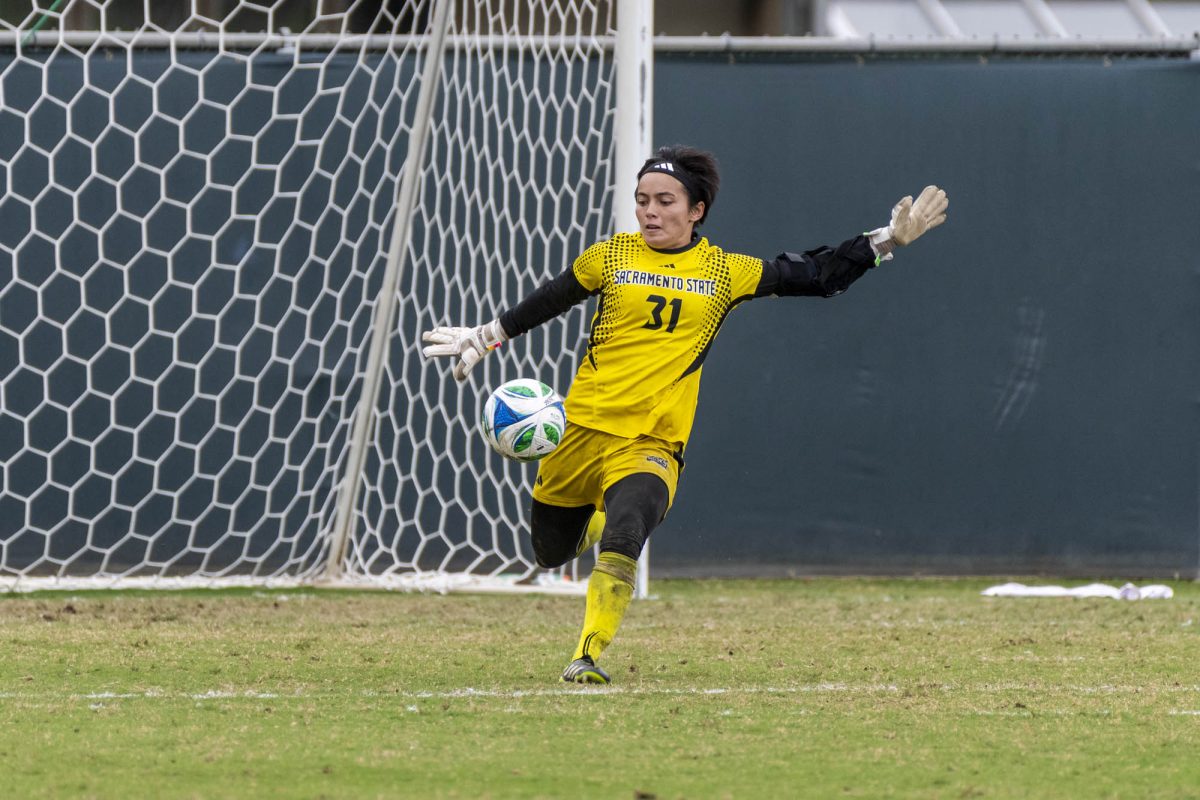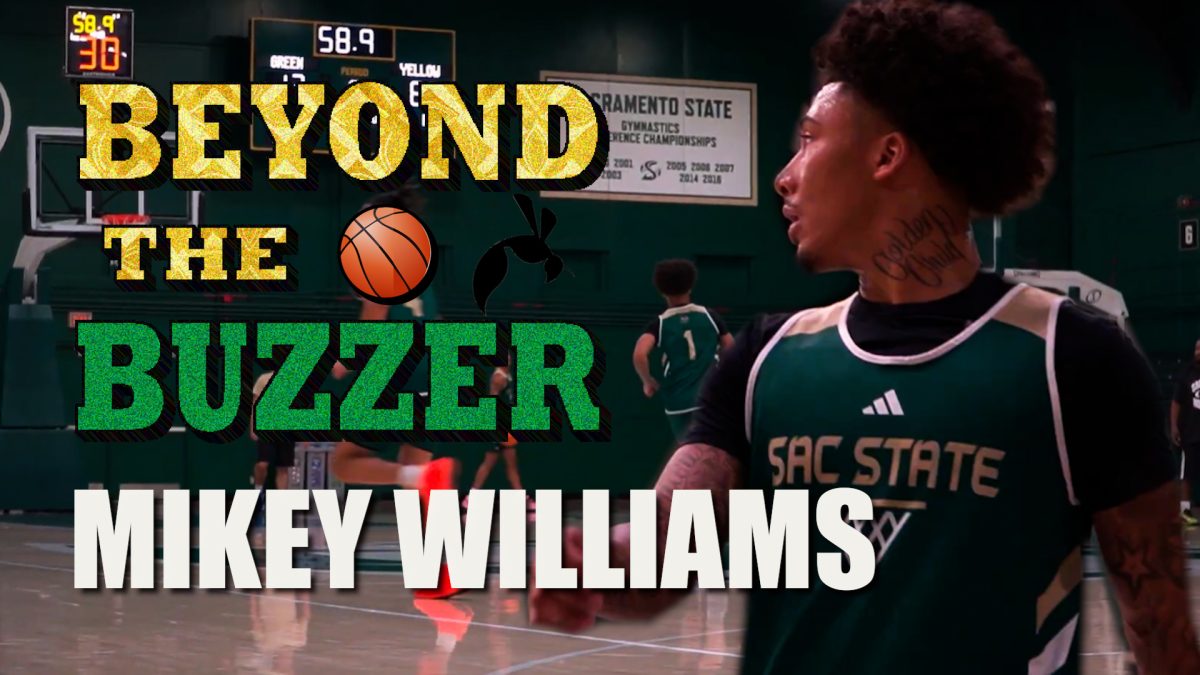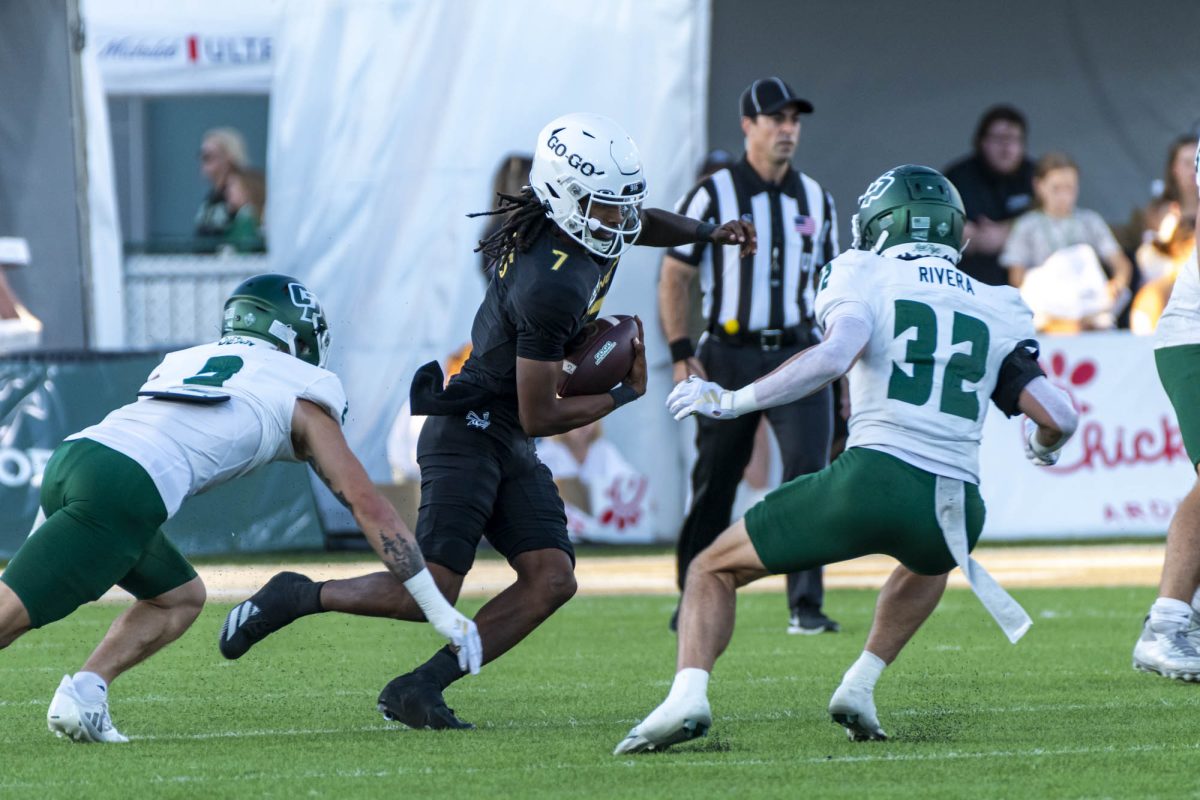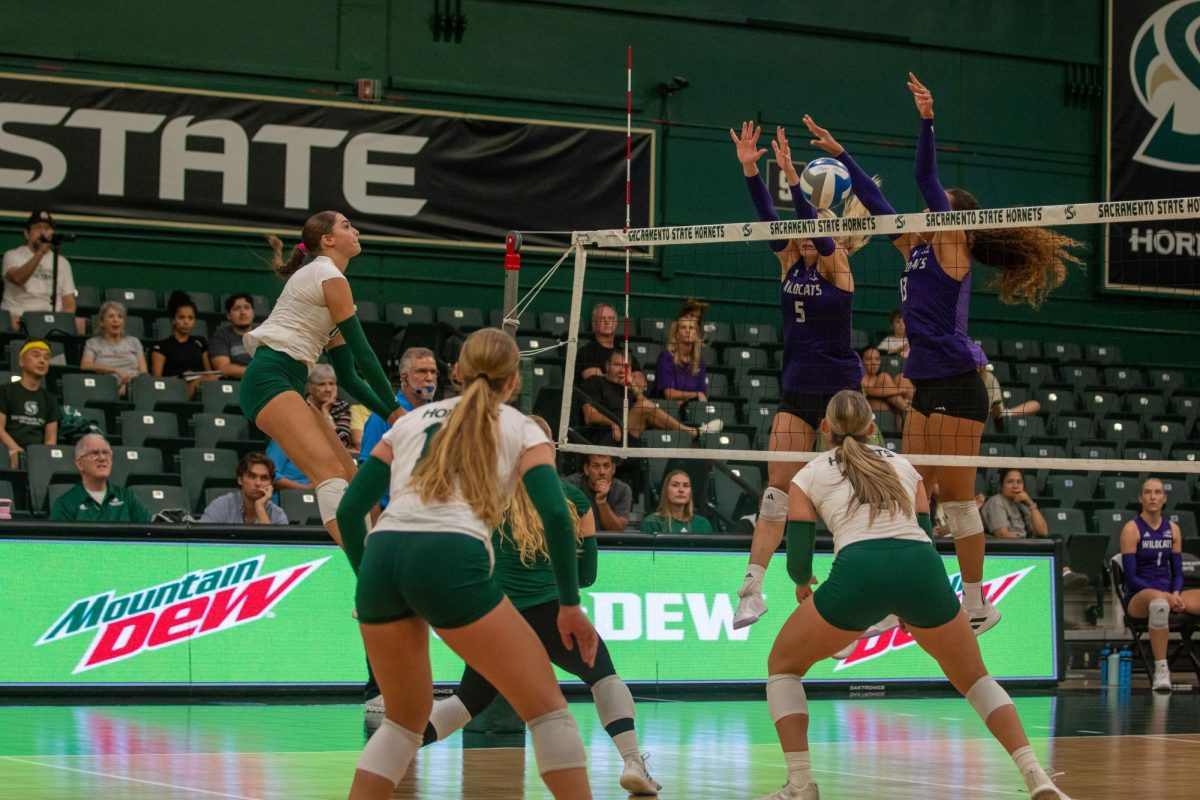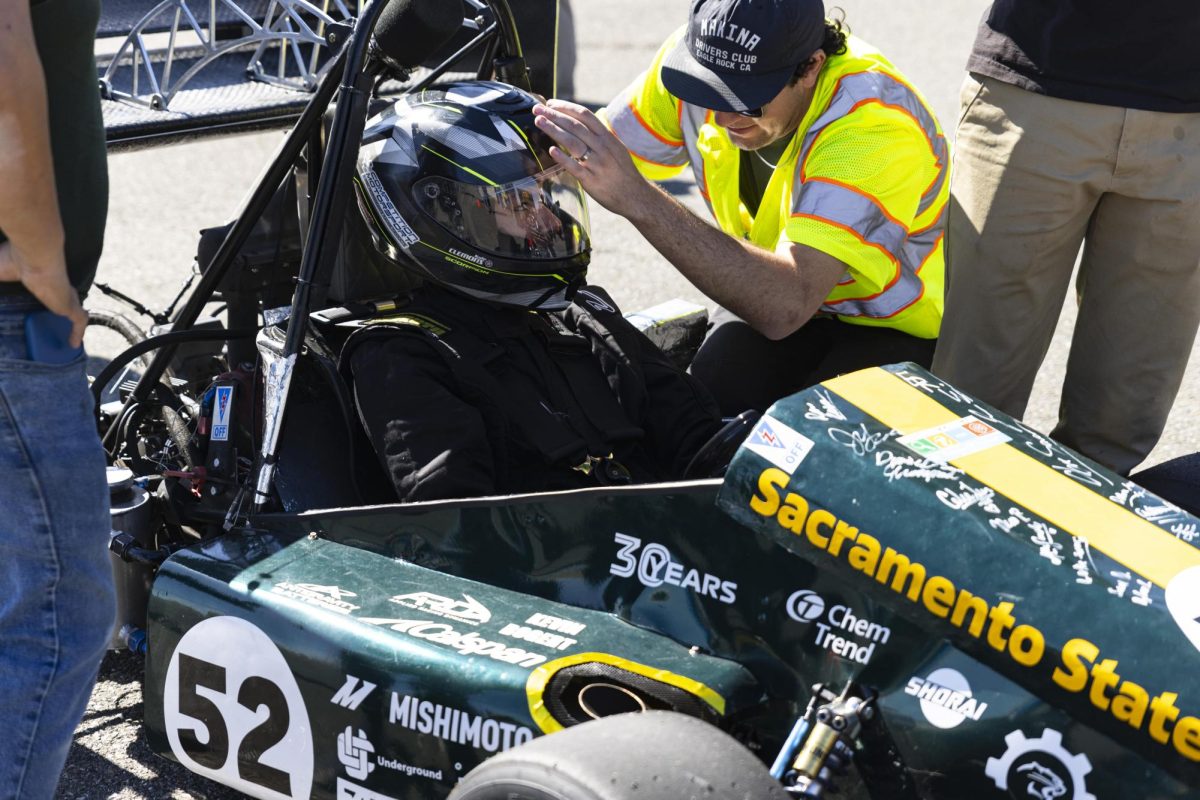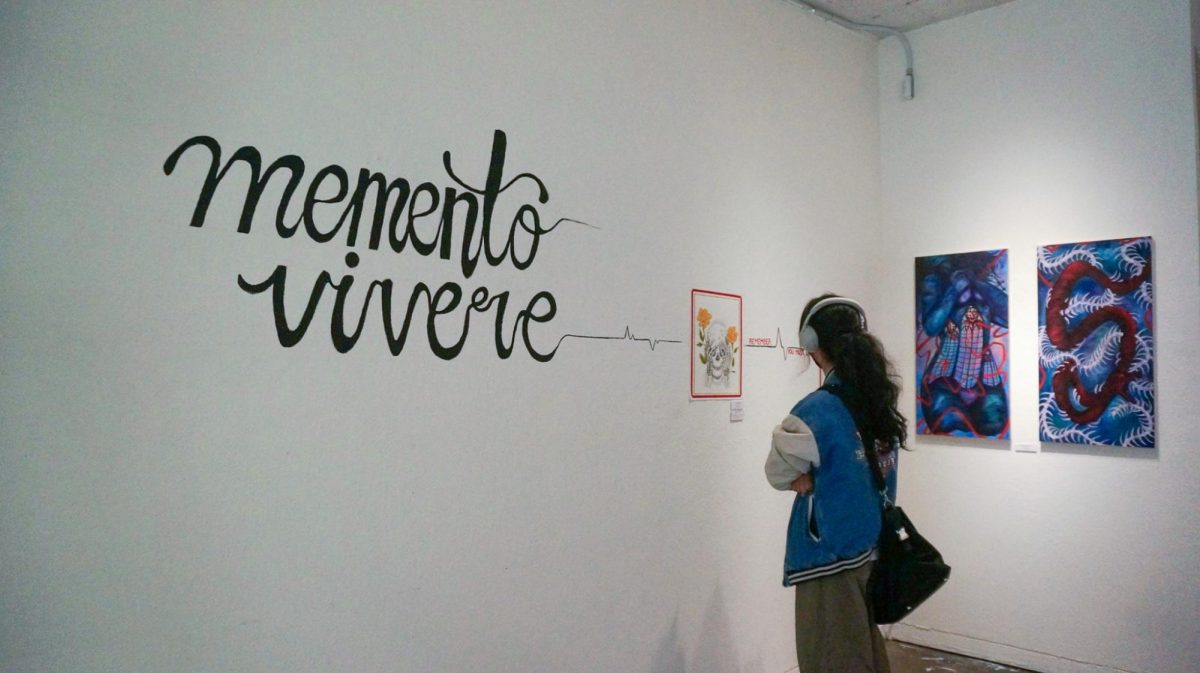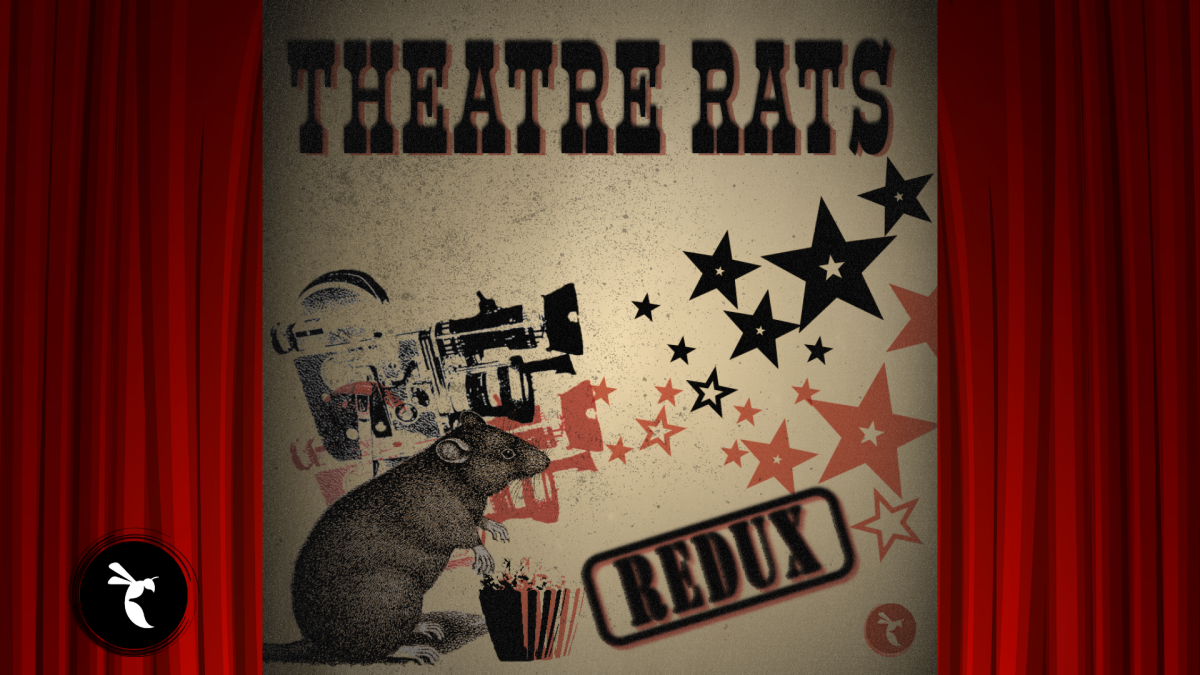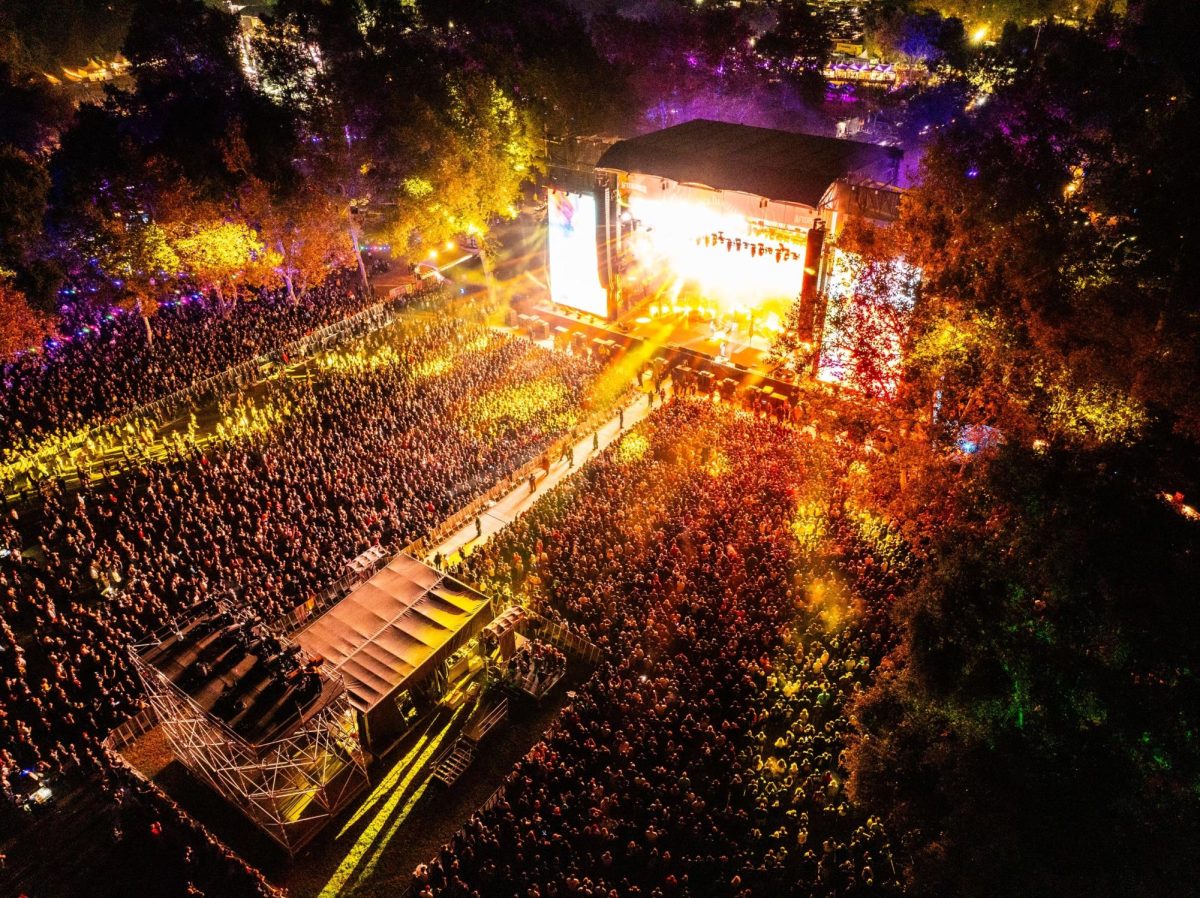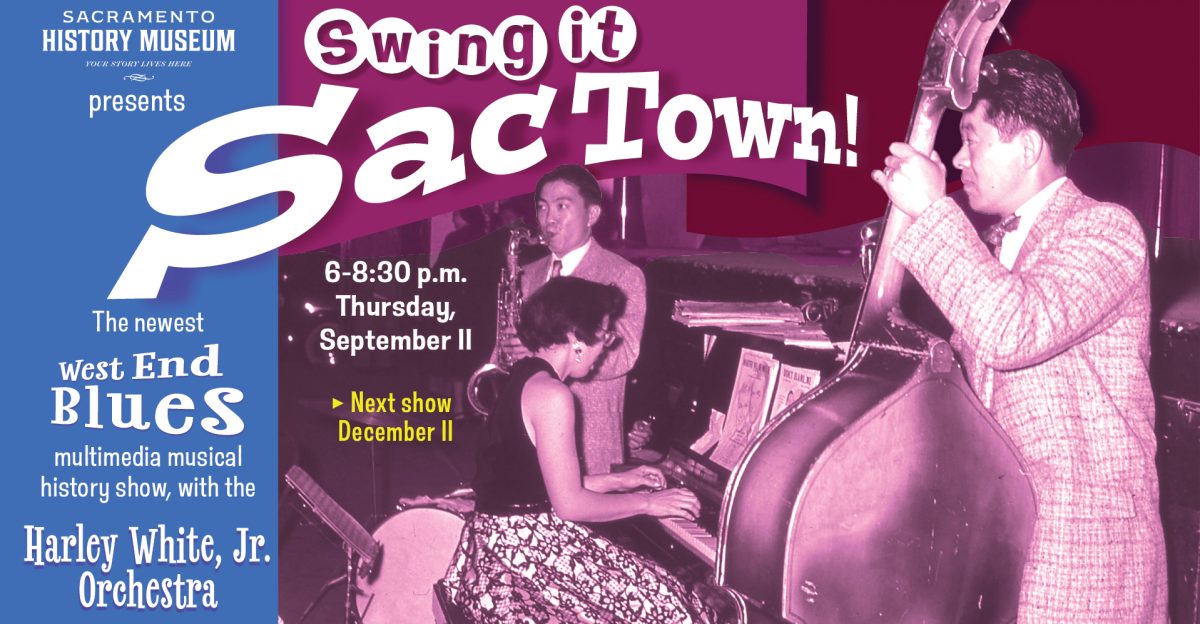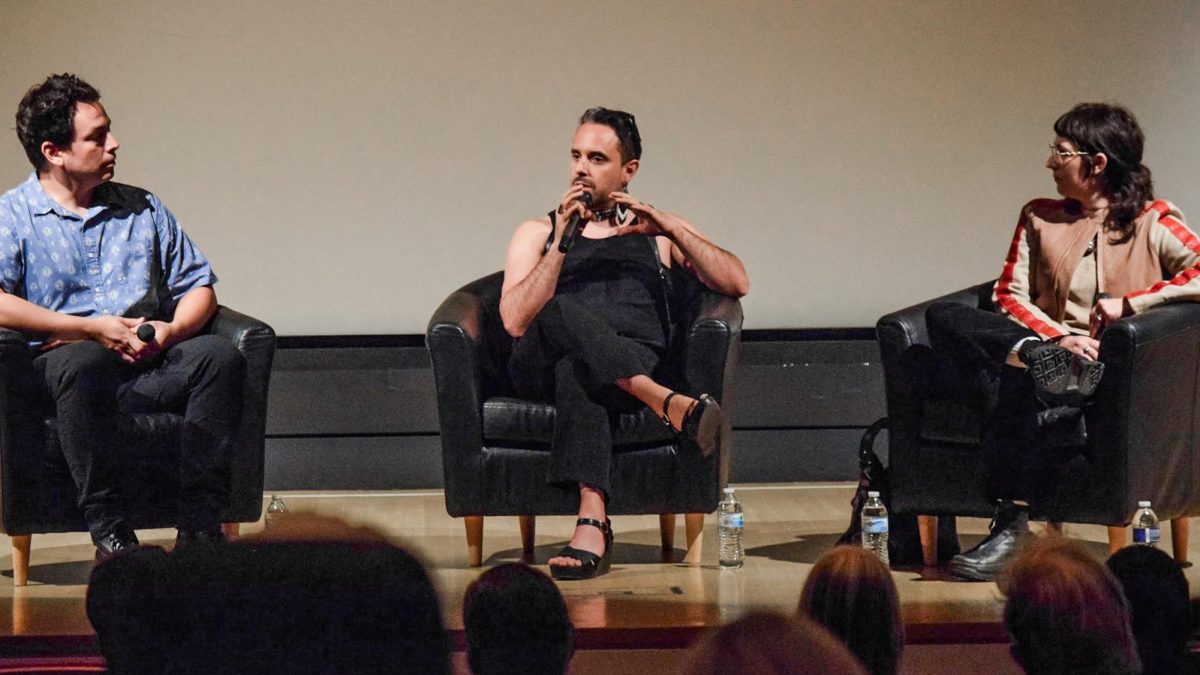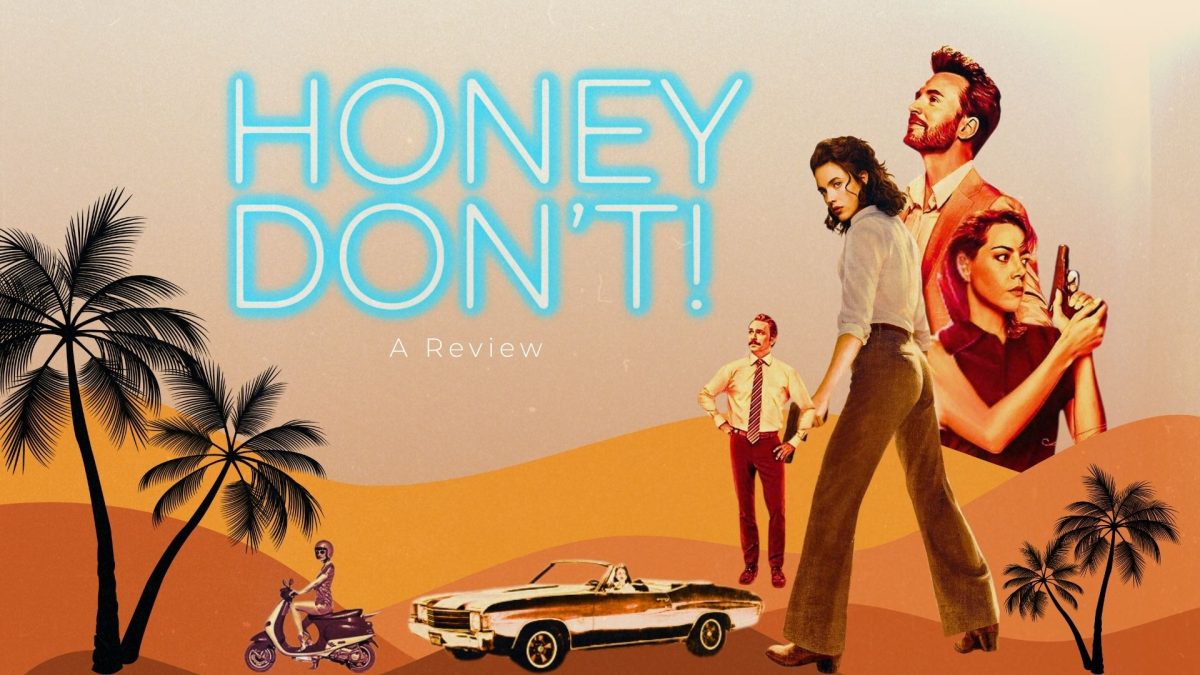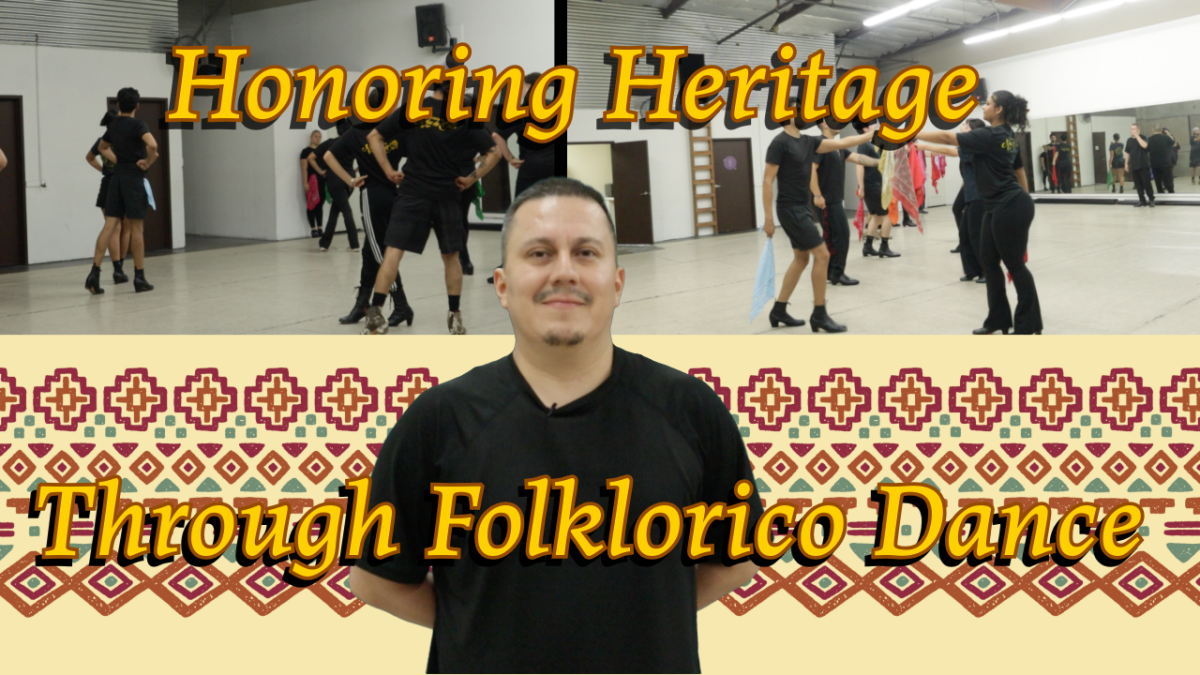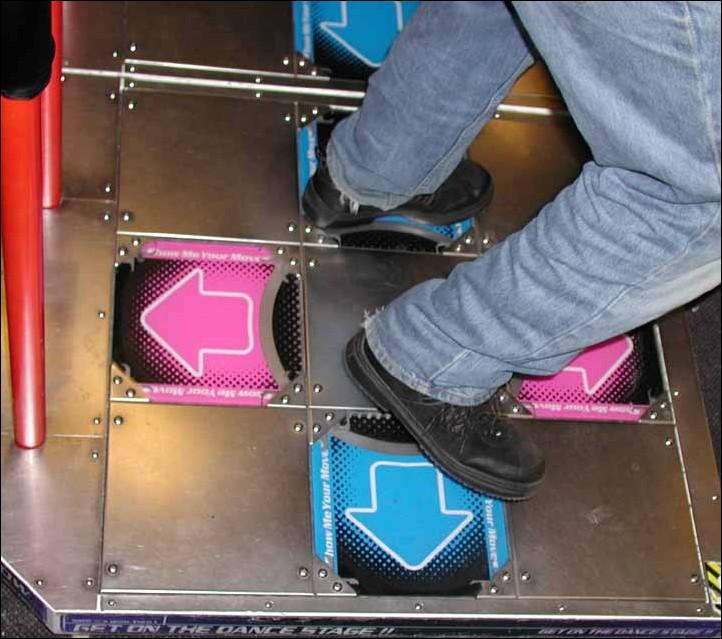Dance Dance Revolution
November 20, 2002
In the hustle and bustle of the University Union’s Game Room, daring men and women shed their inhibitions amidst hot lights, hot music and sweating bodies, all eager to participate in an experience still fresh on U.S. shores.
“Dance Dance Revolution” (otherwise known as “DDR”) originated in Japan a few years ago and has since been embraced by millions of people worldwide. Players step on arrows on a large pad in time to the corresponding arrows that scroll up the screen. The timing between arrows and steps becomes more difficult as skill levels increase.
Light/Basic consists of mostly quarter-note beats (like the sound of a marching band), while Standard/Trick takes it up a notch to eighth (about twice as fast as Light/Basic). Heavy/Maniac takes even faster beats and sets them to the deepest rhythms of “DDR’s” song menus. The challenges of playing the game span into other facets, like dancing on two pads simultaneously or Oni mode (a marathon mode that allows four or less mistakes per song).
The infectious beats and groovy grooves become entrancing and the colorful backgrounds and animations mesmerize. But as an old beer commercial goes, “Don’t let the smooth taste fool ya.” Neither should you let the audio and visual aspects throw you off from your game. It will literally “boo” you for missed steps, “fail” you for excessive misses and even take pot shots at you for a bad performance. On the other hand, verbal rewards go to those who “got game.”
“It’s great,” said Sacramento State junior Earvin Jenkins. “If you like music, you’ll pretty much like this game.”
“I’m not sure if you need to practice to be good at it, but it helps,” said Brandon Laurin, a sophomore. Laurin, a regular “DDR” player not afraid to strut his stuff, understands how some people may be uncomfortable following his example. “Looking stupid onstage is not too fun,” he said.
Others, like sophomore Christina Petroni, agree. “I would play, but not in front of a whole crowd of people,” she said.
One person who has no fear of “DDR” is Crystal Violenta, a freshman who won second place in a campus “DDR” tournament in October.
“There are ‘DDR’ tournaments and some of the best ranking people go to this school,” she said. “I shadowed them and copied them.”
She learned a lot. Watching Violenta play is like watching a dancer in a club or onstage in a theater production, dazzling everyone with graceful moves and flawless timing. Her skills consistently earn her high rankings in “DDR” competitions.
The game is also a great workout and some versions tell you how many calories you’ve burned while playing.
“Strangely enough, it’s great exercise,” said ballroom dance instructor Randy Solorio. He thinks that the appeal of “DDR” is its challenge and coordination.
“It sure beats just using your thumb on a video game,” said Solorio.
Not everyone is as enchanted or impressed by “DDR.” Some people, like junior Marjorie Castaneda, believe that the game is too confusing and not nearly as much fun as its hype suggests.
“I thought there was too much going on (in the “DDR” game),” she said. “You’re concentrating more on the image than what you’re supposed to be doing. I didn’t find it fun.”
Others wonder why people bother.
“What’s the point of the game?” said junior Amber Mercado. “Is it supposed to be dancing? If it is, why don’t you just go to a club?”
Fear prevents people from participating in many activities, including dancing. Still, people of modest persuasion can find comfort playing at home.
There are several “DDR” games available for the Playstation game systems, such as “DDR Konamix,” “DDR Disney Mix” and the recent release, “DDR Max.” Customers need only purchase dance pads similar to the platforms used in arcades.
Jenkins acknowledged the game’s growing popularity. “(‘DDR’) is relatively new for the home system,” he said. “It’s becoming mainstream now. Before, no one would play it. Now, a lot of people play it.”
Fads come and go, and maybe the skills required to play “DDR,” physical and sometimes artistic, make it stand out among the rest. Sure, there are always clubs and occasional formal events where you can cut a rug. But now that modern technology has introduced the dance floor to the arcade and the home video game system, there are fewer excuses to stand around while others have fun.
What are you waiting for? Get on your feet and join the revolution. Whether you find it confusing, or the best arcade game in years, Dance Dance Revolution is more fun than first impressions suggest.
It can also be used as a form of exercise, one without the financial or physical pains of gym workouts you’ve been intending to get around to.
Get your groove on, you know you want to!























